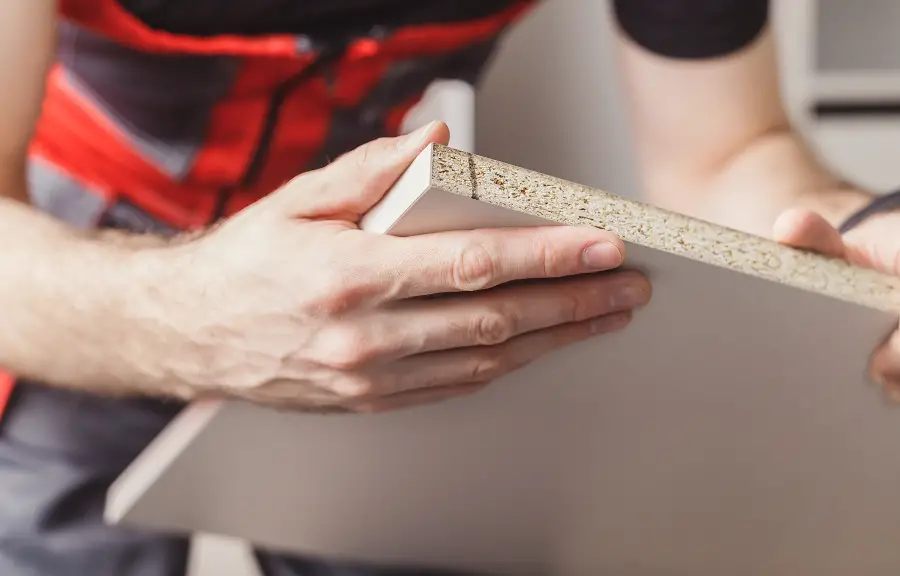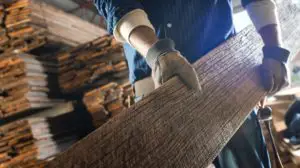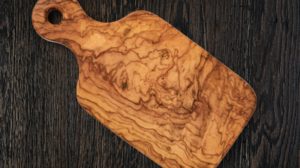In regulation 1464/2023, published on 14 July, the European Commission sets a limit of 0.062 mg/m³ air for formaldehyde emissions, half the value set in 1989 by the World Health Organization on which the current E1 classification is based. In setting the limit, wood-based panels and furniture have been taken into account as possible sources formaldehyde emissions. Companies in the sector will have three years to comply with the new regulation, according to a press release issued by CATAS, the renowned Italian wood and furniture research and testing institute.

The European Commission has set a new limit for formaldehyde in ambient air.
Regulation 2023/1464, published on July 14, reduces the previous values by setting the limit at 0.062 mg/m³ for formaldehyde emission taking into account, in particular, wood-based products and furniture as possible sources of formaldehyde emissions. sources formaldehyde. The provision prescribes a new limit which is exactly half the value indicated in 1989 by the World Health Organization (0.124 mg/m³), on which the well-known and well-established E1 classification is based. This is now not only the recognized industry standard but also the reference class legally adopted by many European countries.
The regulation affects many other products for which specific formaldehyde emission limits are defined. For example, for fabrics, leathers, plastics or electronic products the limit is now 0.08 mg/m³.
It should be emphasized that, for the first time, the entire European wood and furniture sector has to adopt a rule The European authorities have made it mandatory for all European countries, unlike the E1 classification, which obviously also applies to all products imported into the EU.
Industry companies will have three years to comply with the new regulation. This period is necessary in order for the European Chemicals Agency (ECHA) to define, with the help of the European associations and organizations involved, the appropriate guidance on test methods.
The new regulation and its possible consequences on the timber market were addressed at the webinar organized on July 26, 2023 by CATAS and FederlegnoArredo (Federation of Italian associations representing companies involved in the processing of wood and derived products). On this occasion Franco Bulian, General Manager of CATAS, emphasized:
"One point I would like to draw attention to is that the very strict measures set by Europe will also change the comparison with other limits in the international scenario. While before the new EU Regulation we were generally above the limits currently applied in the US market, now the situation is the reverse, with consequences that are hard to predict.
This new regulation demonstrates how decisively Europe is moving towards concrete action for product safety. The recent provisions to reduce the use of diisocyanates in adhesives and paints or the measures on melamine clearly demonstrate the European Union's clear focus on safety issues involving our sector as well".
Why such strict control of formaldehyde emissions is required
Formaldehyde is a colorless, flammable gas with a strong pungent odor, soluble in water and alcohol and insoluble in petroleum ether, very unstable in gaseous state due to its tendency to polymerize. In 2008, the World Health Organization reclassified formaldehyde as a Category 1 potential carcinogen. The substance is considered toxic and can have an irritating and necrotizing action on the skin and mucous membranes, with prolonged exposure leading to irritation of the skin of the face and arms, dermatitis and conjunctivitis.
In wood-based panels such as particleboard, MDF or OSB, formaldehyde ends up with ureo-formaldehyde and melamine-formaldehyde adhesives. These are used for gluing wood chips or wood fiber. Much of the formaldehyde remains chemically bound inside the boards. But there is also some free gas. This is the dangerous one because it tends to escape outside the boards. The greater the amount given off by a board, the more dangerous it is to those in the same environment. Formaldehyde emission is the main quality indicator for wood-based products. It is the amount of formaldehyde released into the ambient air from a wood-based board through its faces and edges under normal or accelerated conditions (high temperature, draughts).
Formaldehyde isn't just in wooden planks, it's all around us. It's in disinfectants, wallpaper adhesives, paints, hard-wearing textiles, insulation foams, it's in room air fresheners, candles and scented sticks. Cigarette smoke contains large amounts of formaldehyde, as does bee venom, hence anaphylactic shock in allergic people. More information on formaldehyde and permissible emission limits here.
What is CATAS
CATAS S.p.A. is the most prestigious Italian research and testing institute for wood and furniture. The institute's laboratories are located in both main production areas of Italy, San Giovanni al Natisone (Udine) and Lissone (Monza). The testing and certification laboratory's expert team of chemists, engineers and mathematicians provides applied research, testing and certification services in the field of wood and furniture industry.
In CATAS departments, a wide range of tests and research are carried out on raw materials and finished products, verifying that a product meets both the manufacturer's requirements and standards of quality, safety, strength and durability. The tests are in accordance with national (UNI, DIN, BS, NF, ASTM, ANSI, etc.), European (EN) and international (ISO) standards, and CATAS carries out over 50,000 tests per year. Thanks to its expertise and specialization, CATAS is considered the largest European laboratory for testing and applied research in the wood and furniture sector.




































Add comment